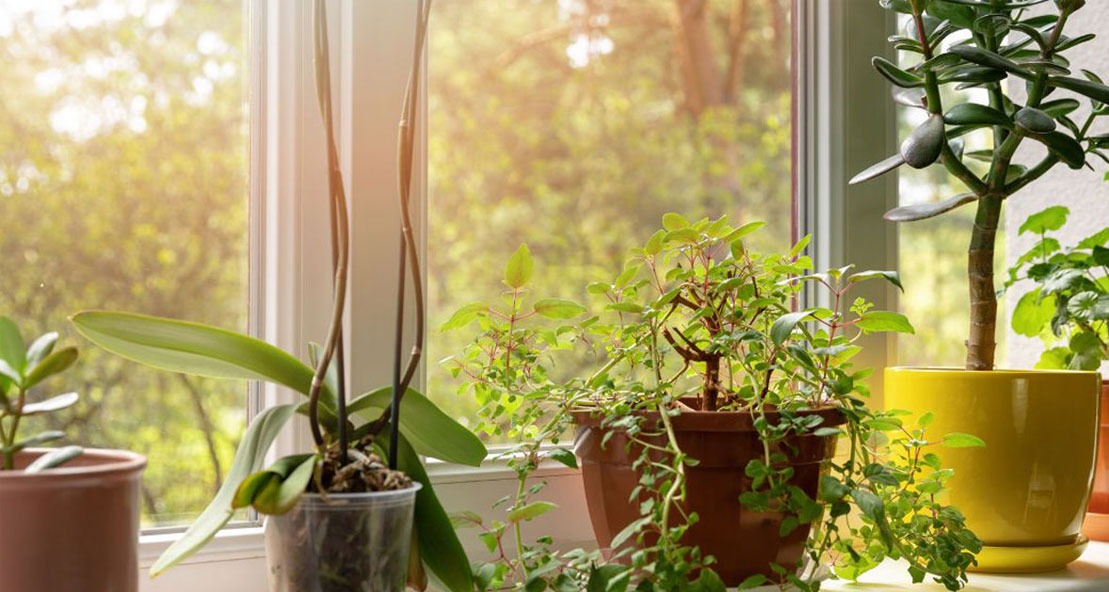We use cookies to make your experience better. To comply with the new e-Privacy directive, we need to ask for your consent to set the cookies. Learn more.
Blog
- 31 July 2023Don't struggle with searching for a wonderful area rug for your kid's room. With these tips you'll find a cute and functional rug for your kid's room. Also, you'll learn the best and most effective way to place the rug in your child's room. It should provide warmth and coziness to their room.
- 01 March 2023
Tips on How to Plan and Design Your Kitchen
One of the most important rooms a human will spend the majority of their time in will be the kitchen. We spend hours of every day preparing food, cooking food, socializing with food, and cleaning food all while in the kitchen. It is a room that gets messy very quickly and typically a room that will require the most attention when remodeling the interior.
So the question becomes, how does one go about designing a kitchen? Are there default options that interior designers provide homeowners? How do you know the kitchen is properly spaced for what you need? What’s the point of an island and why does everyone want one?
Designing a kitchen takes a lot of time, energy and thought from the homeowner and interior designer. Thankfully, the entire process can be made easier with our Kitchen Visualizer Tool. With our kitchen visualizer, you’ll be able to design a kitchen by customizing prerendered rooms crafted by interior des
- 08 February 2023
How to Design a Perfect Kitchen
What would you consider the perfect kitchen? Does it have a lot of appliances? Is there a specific color scheme and design? Is it filled with personal knick-knacks or flat with clear lines of separation?
Designing the perfect kitchen takes a lot of thought to make sure everything is just right. That is why you will need the perfect tool for the job. The only tool capable of designing truly the most pristine and precise kitchen is our kitchen visualizer.
We’re going to walk you through how to design your perfect kitchen with our technologically advanced countertop visualizer tool.
Table of Contents
- 13 October 2022
How to Design Your Own Kitchen
The time has finally arrived where you have had it with your current kitchen set-up, and you are ready to start anew. Question is, how does one start designing their own kitchen? Do you go online and choose what other people have done? Should you immediately call an interior designer and listen to what they suggest? Should you just wing it and see what happens if you start designing with no idea of what to do?
Designing your own kitchen can seem challenging when you are just starting out, but when you take a moment to process each component of a kitchen; the project becomes a lot more manageable.
Follow along and we will guide you on helpful tips and how to start designing your own kitchen.

- People usually don't spend too much worrying about the interior design of their bathroom. However, it can influence the look and feel of your bathroom more than you might imagine. Follow these tips and learn about the best ways to use accents in your room so they add beauty not a mess.
- 08 March 2022
Cork Flooring: The Pros & Cons
There’s a reason why cork floors are popular now They’re eco-friendly, comfortable, and beautiful. But there are also some cons to consider. Let’s dive into all things cork. - Keep your outdoor plants safe and warm by bringing them inside before the cold weather starts. Use these tips to ensure your plants stay protected and pretty. It's very easy to create indoor window boxes and they'll allow you to enjoy your plants even during the winter or harsh weather conditions.
- 24 February 2022
Modern & Colonial Styles That Are Not a Bad Match
Combining modern and colonial styles works well when done correctly. Follow these design tips to learn the most effective and best ways to create a cozy and historic looking home. Once you're done decorating your home you'll love how it has a traditional and simplistic vibe. - 18 February 2022
What to Do When You Have Virtually No Natural Light
If you have no natural light coming into your home your space can be very dark and dreary. Find out how to easily add more light to your home and brighten it up with these design ideas. With these tips you don't need to spend a lot of time or money to create a move inviting and lighter space. - 03 February 2022
Helpful Tips to Mix & Match the Right Way in Your Living Room
Don't follow the traditional standards for decorating a living room. Try something new and learn how to effectively mix and match designs in your living room. These tips are very easy to follow and budget-friendly. Once you're done you'll have a lively and trendy living room. - 31 January 2022
Create Coziness in an Open Floor Plan Living Room
An open floor plan allows multiple rooms to flow together in the house without the interruption of walls. Learn how to create a more open and airy living room with these helpful tips. The open floor plan makes it easier to socialize and can offer more natural light.





















